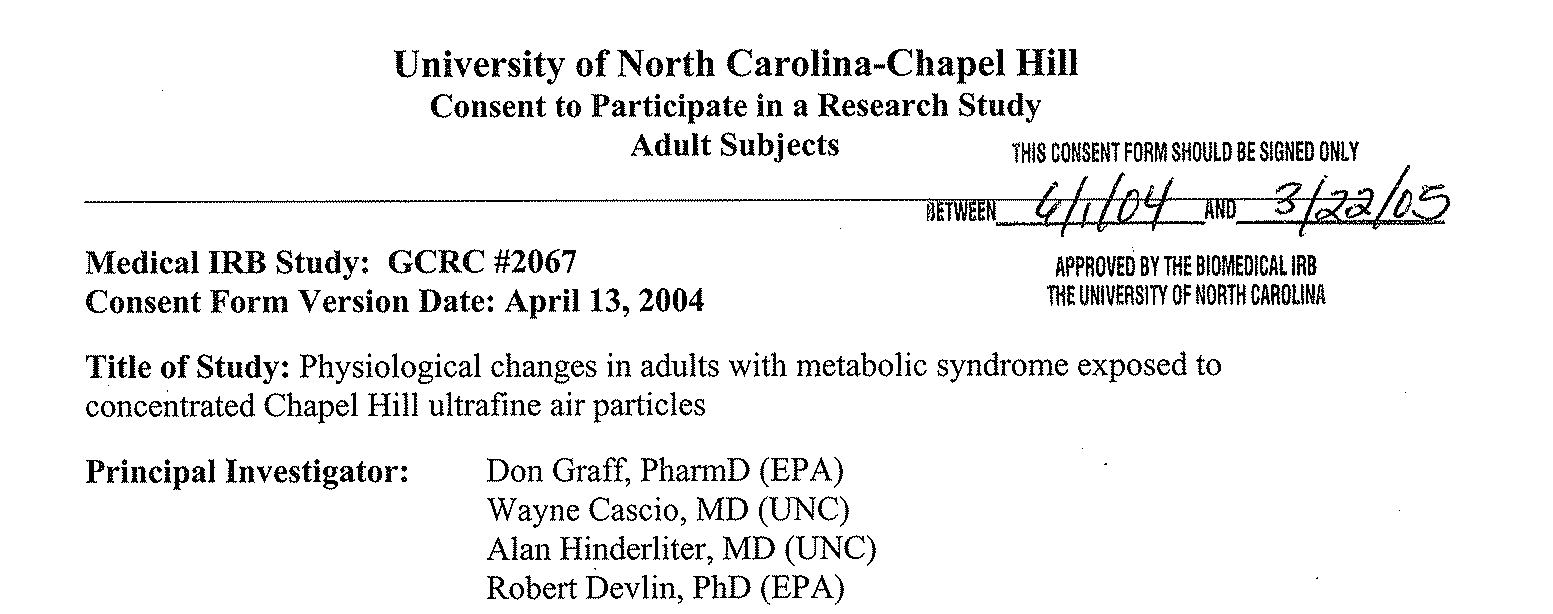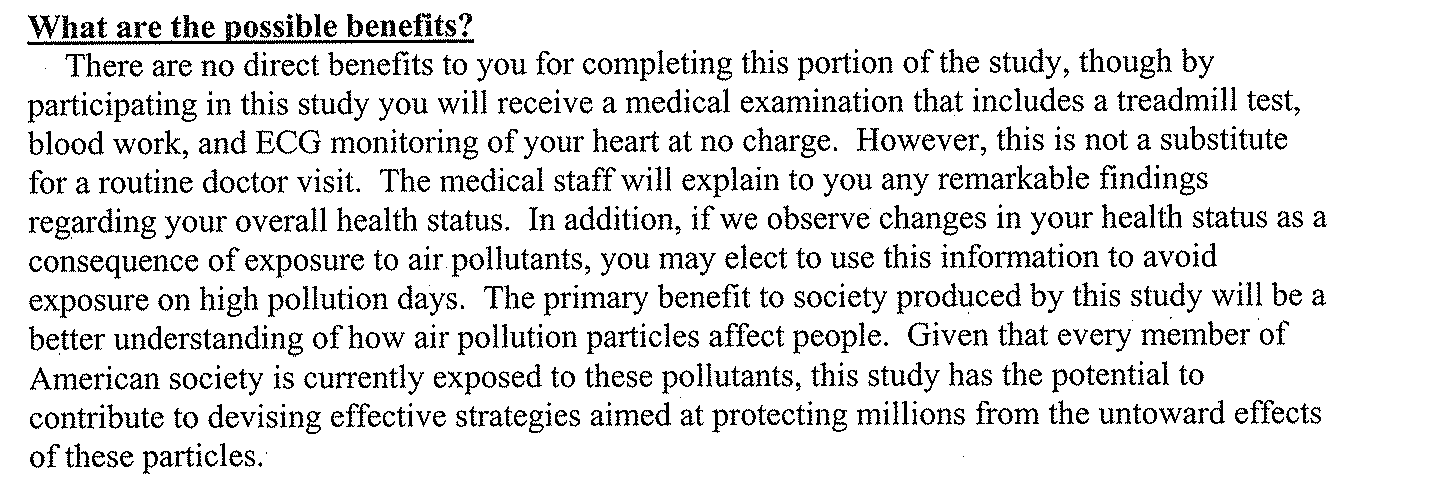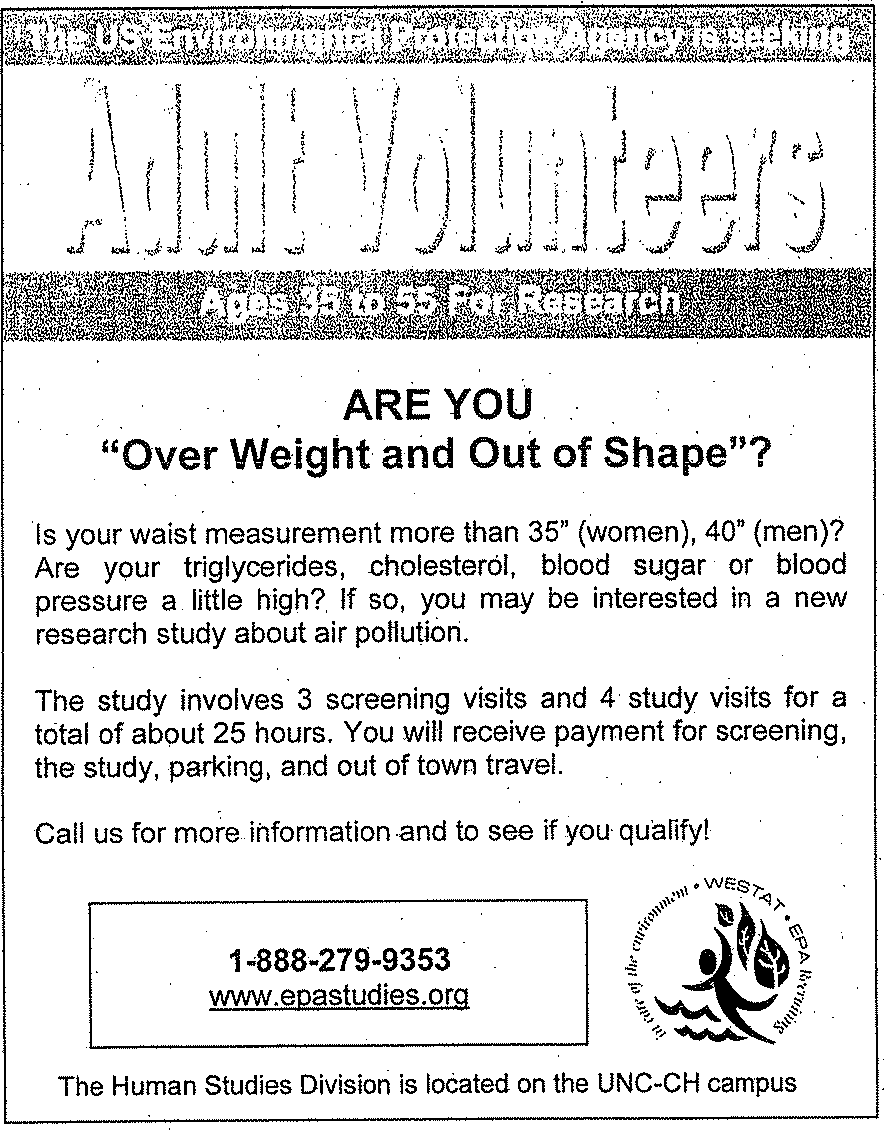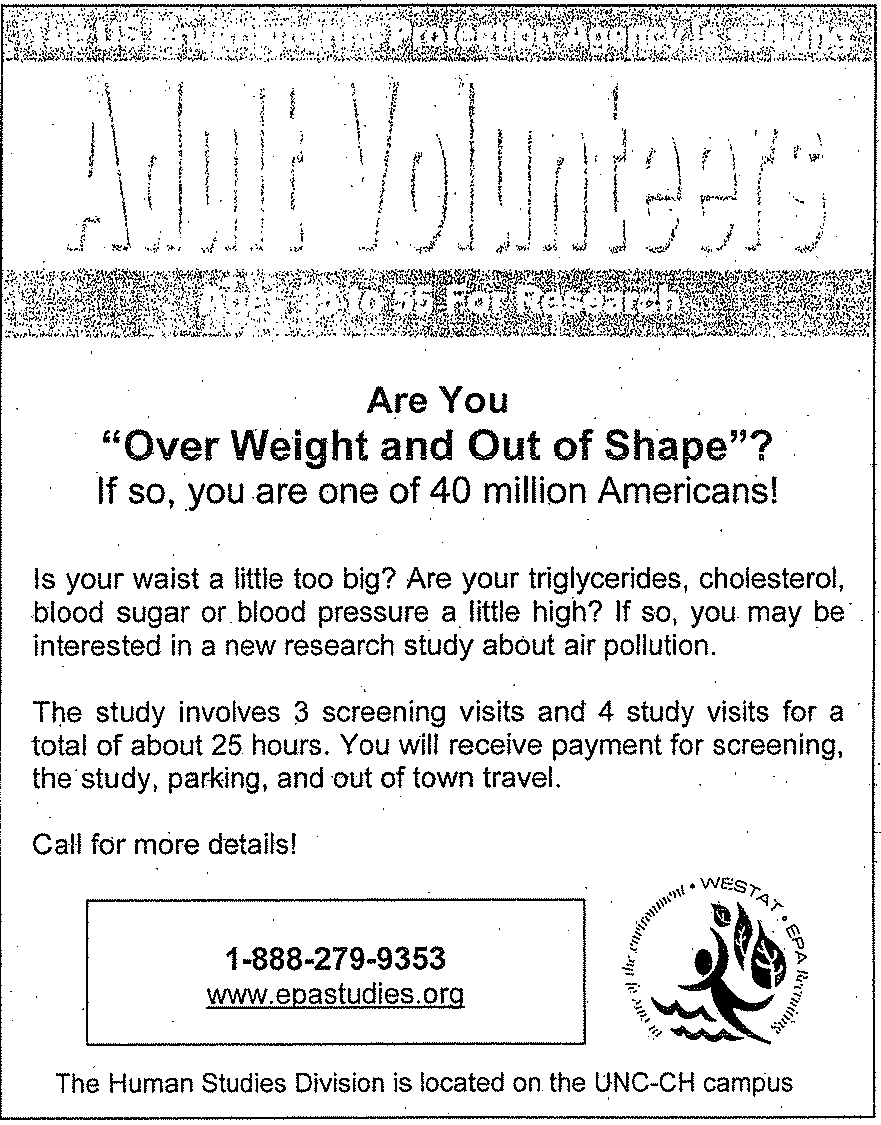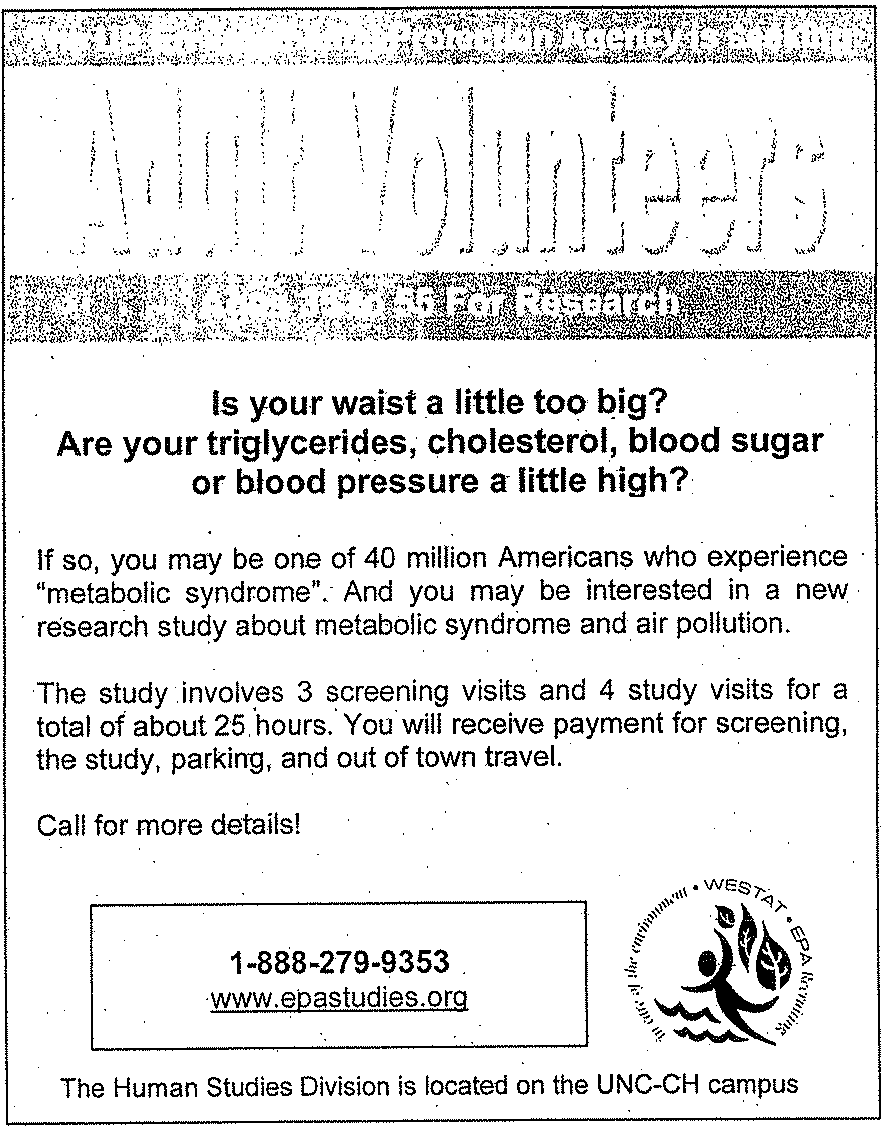The documents we have date from 2004. Unless otherwise noted, the disclosures (or lack of them) presented here survive through to experimentation undertaken as recently as 2011.
There are three basic type of experiments of concern here:
- EPA exposing adults with metabolic syndrome, including the elderly, to PM2.5 (study “XCON” document analysis starts below);
- EPA exposing older/elderly adults to diesel exhaust and PM2.5 (study “OMEGACON” document analysis starts in Part 5); and
- EPA exposing asthmatic older adults to PM2.5 (study “KINGCON” document analysis starts in Part 7).
The featured document excerpts are drawn from the 3,500 pages of documents listed earlier, i.e.,:
- Other Documents #1 (Adults with Metabolic Syndrome Exposed to Ultrafine Particles)
- Other Documents #2 (Cardioprotective effects of Omega-3 Fatty Acids in Older Adults Exposed to Diesel Exhaust)
- Other Documents #3 (Testing PM2.5 on Older Asthmatics)
[Note to readers: This analysis was put together as we paged through and excerpted from the 3,500 pages of documents. We tried to avoid unnecessary duplication of documents/text as much as possible. Nevertheless it is essentially a sightseeing trip through the documents. So here we go…]
In this April 13, 2004 “consent form,” the EPA informs study subjects that inhaling PM2.5 (mislabeled as “ultrafine particles”) may make them sick or kill them, although EPA can’t explain how those effects might occur. EPA also says that the level of exposure to PM2.5 is no greater than what they would experience by visiting a major city on a smoggy day. EPA informs subjects that they will not personally benefit from the experiment and that the benefit of the study is increased knowledge about the health effects of air pollution. [Click to enlarge excerpts]
All human research rules developed since World War II, however, prohibit treating human beings like guinea pigs — i.e., testing presumed toxins on them to see what happens without chance of personal health benefit.
The Common Rule also prohibits exposing study subjects to risks greater than they would encounter in their daily lives. Here, people from the area surrounding Chapel Hill, North Carolina are being intentionally exposed to air equivalent to that from a big city on a bad air day. This disclosure is also deficient in its use of the term “smoggy day.” Smog and PM2.5 are different substances. This document dates from 2004, about the time EPA first concluded that PM2.5 can kill within hours of inhalation. So this consent form fails to fully disclose to the study subjects the risks of inhaling PM2.5. The mislabeling of the PM2.5 as “ultrafine particles” may be inadvertent or possibly an effort to conceal the true nature of the actual exposure (i.e., PM2.5). As of the date of this study, EPA was still studying ultrafine particles for potential health effects. Even so, testing potential toxins on humans to see if they, in fact, are dangerous also violates human experimentation rules.
So how did EPA find its human guinea pigs — and what type of human guinea pigs were they looking for? With newspaper ads (like those below), the EPA was looking for adults with “metabolic syndrome” [Click images to enlarge].
EPA also solicited study subjects through a web site and telemarketing.
